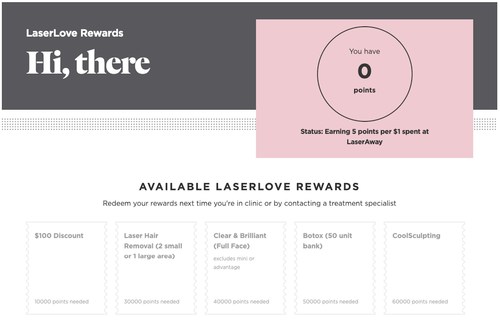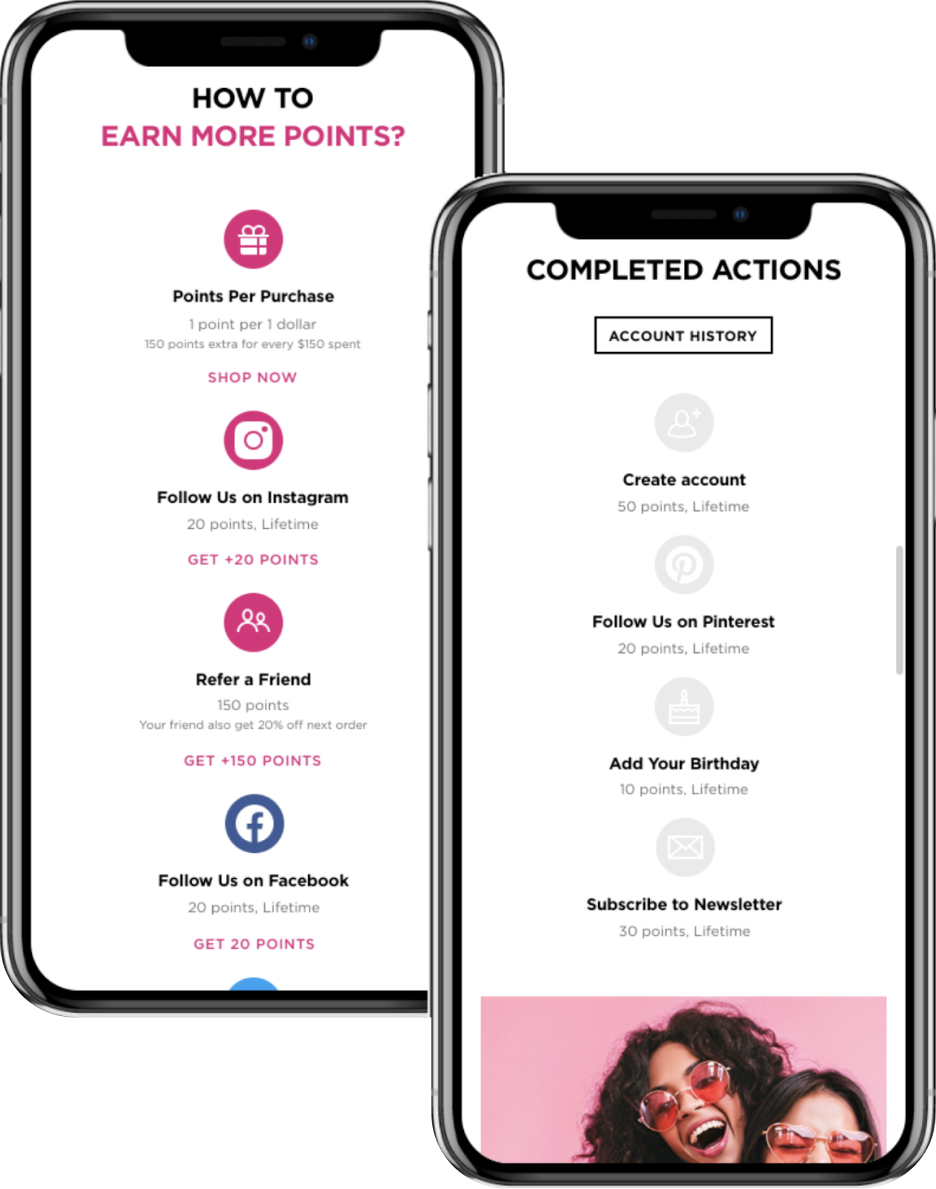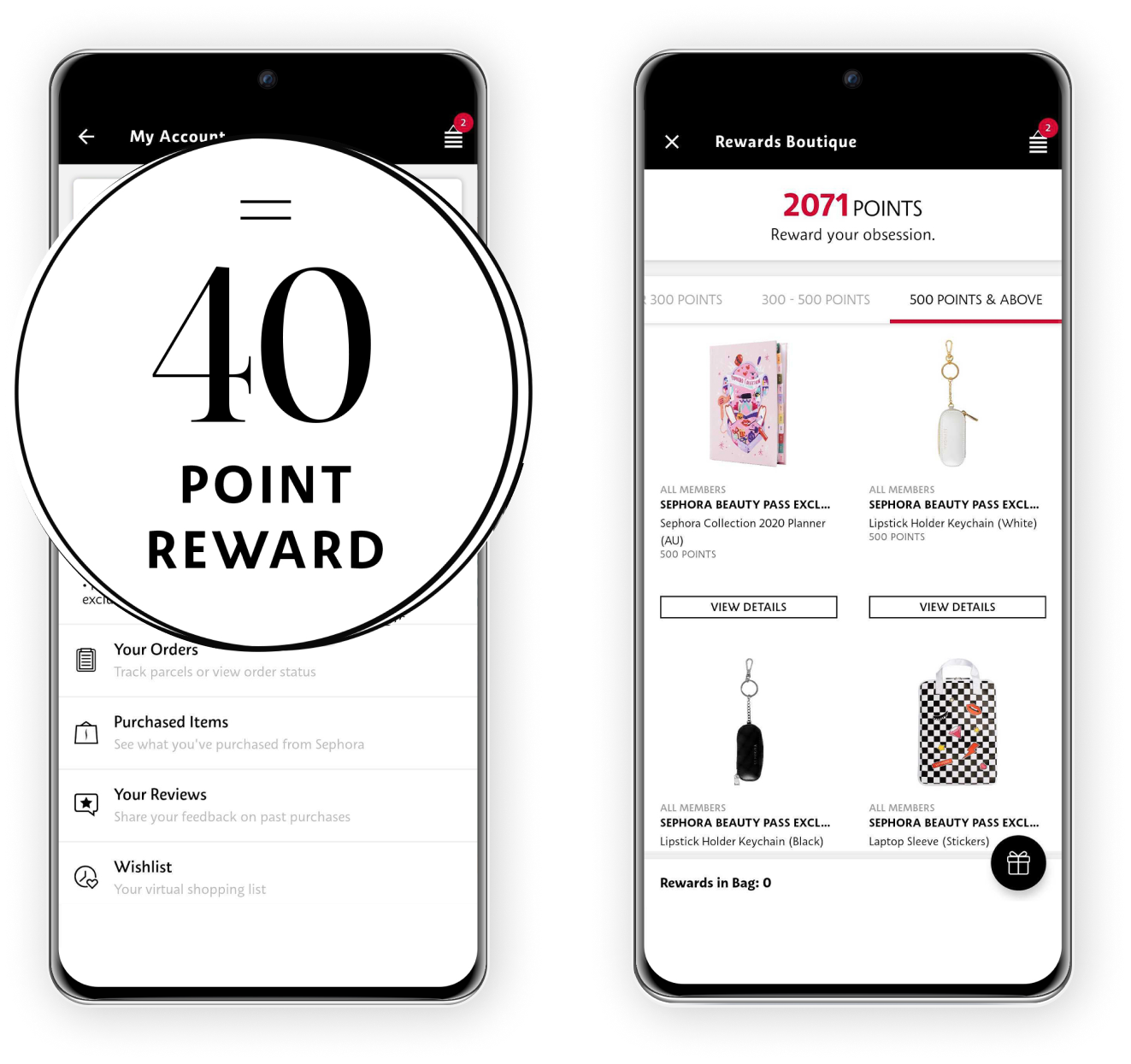It’s 2022, and it seems we’re still moving through a haze of confusion, uncertainty, and mistrust. In our current climate, it’s hard to know who has our best interest at heart, and that includes eCommerce companies and brands.
Which is why loyalty programs have never been more important. Loyalty programs tell customers, “You matter. You can trust us. We can make your experience simple and worthwhile, and you’ll enjoy big perks in the process. Welcome home.”
In fact, consumers craved this brand experience so much in COVID’s early days, a Deloitte analysis discovered that loyalty programs rose in popularity. The important part? They’re poised to stay on that path.
On par with that finding, it turns out 70% of buying experiences are based on how a consumer feels they’re being treated. If the last few years have taught us anything, respect, trust, and loyalty are at the top of everyone’s “needs” list. Now’s the time to leverage this.
As loyalty programs evolve to match the post-pandemic shopper, re-evaluating your own program strategy is strongly encouraged: Is your eCommerce brand keeping up with the time, its trends, and its latest consumer?
If you couldn’t immediately answer “yes” or your brand’s loyalty program is experiencing downward trends, these six factors may be a culprit:
1. Nobody knows about your loyalty program
In other words? You’re not marketing your program as well as you could be.
Ask yourself: Are you using every marketing channel available? If cost is a concern, consider the channels that aren’t costly but still yield high results: social media, email, word of mouth, and even trumpeting it on your homepage or main app screen.
And we’re not opposed to plastering info about your loyalty program across every wall in your brick-and-mortar store. Shout it from the rooftops! Get the word out that you reward shoppers for their loyalty to your brand.
If you’ve recently launched a loyalty program, congrats! But also, that’s only half the battle. It’s a common belief that, once a program has gone live, your work is done. But to keep membership rates on an upward trajectory, eCommerce brands must continue promoting the program, especially in its first year. Offer clear calls to action across all touchpoints, from your homepage to your physical store and beyond.
Who does it right? Companies that market their programs effectively include Starbucks, Kohls, and American Express.
2. Your loyalty points don’t offer value
Essentially, this suggests that your program offers rewards that aren’t, well, rewarding.
This could mean that a customer’s accumulated points take too long to translate into cashback or other rewards; it could also mean loyalty members are unable to use their points until they’ve reached a certain amount.
Dillard's loyalty program is a good example of a point system gone wrong: If you’re a loyalty member with the department store (through the use of a Dillard’s credit card), you’re awarded two points for every dollar spent. However, you’re unable to redeem any rewards until you’ve racked up 1,500 points. That means you have to spend a whopping $750 before ever enjoying a reward.
Worse, the rewards themselves aren’t much to write home about: a 10% off “shopping pass” (good for a single day at Dillard’s) or a $10 rewards certificate. You’re unable to enjoy the program’s bigger perks — like free shipping — until you’ve dropped $2,000 or more.
Who does it right? Brands that execute strong point systems within their loyalty programs include REI Co-op, Walgreens, and LaserAway.

3. The loyalty program is too complicated
Today’s consumer expects a convenient, fast, user-friendly experience. If your brand’s loyalty program is too time-consuming or has too many bells and whistles, shoppers will take their business elsewhere.
Especially because these days, the majority of consumers use their mobile devices to shop — this means lengthy enrollment times or a request for too much information upfront can turn potential loyalty members into lost prospects.
Additionally, while it’s common practice to use loyalty programs as a way to gather customer data, asking for too much from a brand-new prospect can backfire. In fact, there’s a general unease among consumers about giving up that much information to a company they barely know. One study found that 56% of U.S. buyers aren’t confident that brands have their best interest when they share, use, or store personal data. What does that mean for your eCommerce brand? Keep the registration for your program simple, and ask only for what’s required to successfully enroll a new member.

In fact, keep all aspects of your loyalty program simple, from your point system to your customer support protocols to your marketing efforts. Remove any complexities to create a seamless user experience (and loyal customers for life).
Who does it right? Companies with simple user-friendly loyalty programs include Credo, Sephora, and Target.
4. You’re not communicating with your loyal members
If you have a loyalty program and you can’t remember the last time you engaged with members — directly or indirectly — it’s time to strengthen your communication strategy.
Customers join your loyalty program to be acknowledged: If they’re going to profess their loyalty to your brand, you have to recognize that loyalty adequately and often. Communicating regularly with your member base will strengthen the symbiotic relationship between brand and loyal customer.
Consider upping your communication game with the following strategies:
- Send regular updates: Sending the occasional (yet intentional) email to highlight recent updates, changes, or wins reminds members that you’re always improving in support of your most valued customers.
- Celebrate your members: Celebrate milestones for your members, like birthdays or membership anniversaries. You can do this through multiple channels, like email, direct mail, or even by sending a gift.
- Build a loyalty “community”: As a direct extension of your loyalty program, create a loyalty community or club where members can connect with other members (and you can connect with members in a community setting, too).
Who does it right? Companies that excel at communicating with their loyalty members include Sephora, Starbucks, and WW (formerly Weight Watchers).

5. You haven’t established any brand advocates
Companies launch loyalty programs for myriad reasons, but few are more important than establishing a strong pool of brand advocates.
When you have loyalty members who value your brand, choose it over others, and spread the word about all the wonderful work you do, you’ve successfully turned a customer into an advocate.
If you’re questioning whether that’s happening in your own loyalty program, it’s likely you haven’t gone the extra mile to bring customers into ambassador territory. Some ways to correct this include:
- Personalize their experience: Similar to our previous recommendation, be sure to personally recognize your loyalty members, whether by celebrating special occasions or regularly sending updates and thank-you’s. Appreciating your members at this level helps turn a loyal customer into a downright passionate one.
- Ask for feedback: While customer feedback certainly benefits you, it actually works two ways: Asking for feedback from your members, in particular, makes them feel heard and valued. Consider creating a short survey, install a chatbot, or coach your customer service assistants to ask pointed questions at the end of each call. Your members will immediately feel like their concerns, questions, and passions about your company are heard.
- Encourage multiple purchases: Arguably, the best way to turn a customer into an advocate is to keep them coming back for more — you want them making purchases again and again. The same is true for your loyalty members: Yes, they’re already loyal to your brand, but until they’re purchasing products or services at a regular cadence, they’re not officially advocates. The more times they convert, the more connected they’ll feel.
Who does it right? Brands that excel at turning customers into advocates include Apple, Tesla, and Southwest Airlines (they even hire their own brand ambassadors as “Southwest Storytellers.”)
6. You treat all of your customers the same
In essence, the point of loyalty programs is to a) reward those who spend the most in your store, and b) reward those who are most passionate about your brand. This is why you can’t treat a loyalty program like a one-size-fits-all solution.
For that reason, we recommend building a tier system within your program. This could look like offering different rewards depending on how much customers buy your products. Or, if that doesn’t totally suit your eCommerce brand, you can try employing tiers that reflect repeat buyers and new customers.

Designer leather company Brahmin effectively applies loyalty tiers in its program: For customers who reach a certain rewards tier, they gain access to exclusive goods (like handbags!) that haven’t yet been released to the public.
Who does it right? Other companies that pull off the tiered approach include IKEA and Marriott Hotels.
So yes, it is 2022, and people are weary. Consumers crave brands that will take care of them. And really, they deserve that. As the successful eCommerce brand that you are, you should be welcoming your customers with open arms and shouting from the rooftops, “We value you!” by rewarding them with awesome stuff. If your loyalty program has kinks in it, now’s the time to work them out: Your loyal customers are waiting.